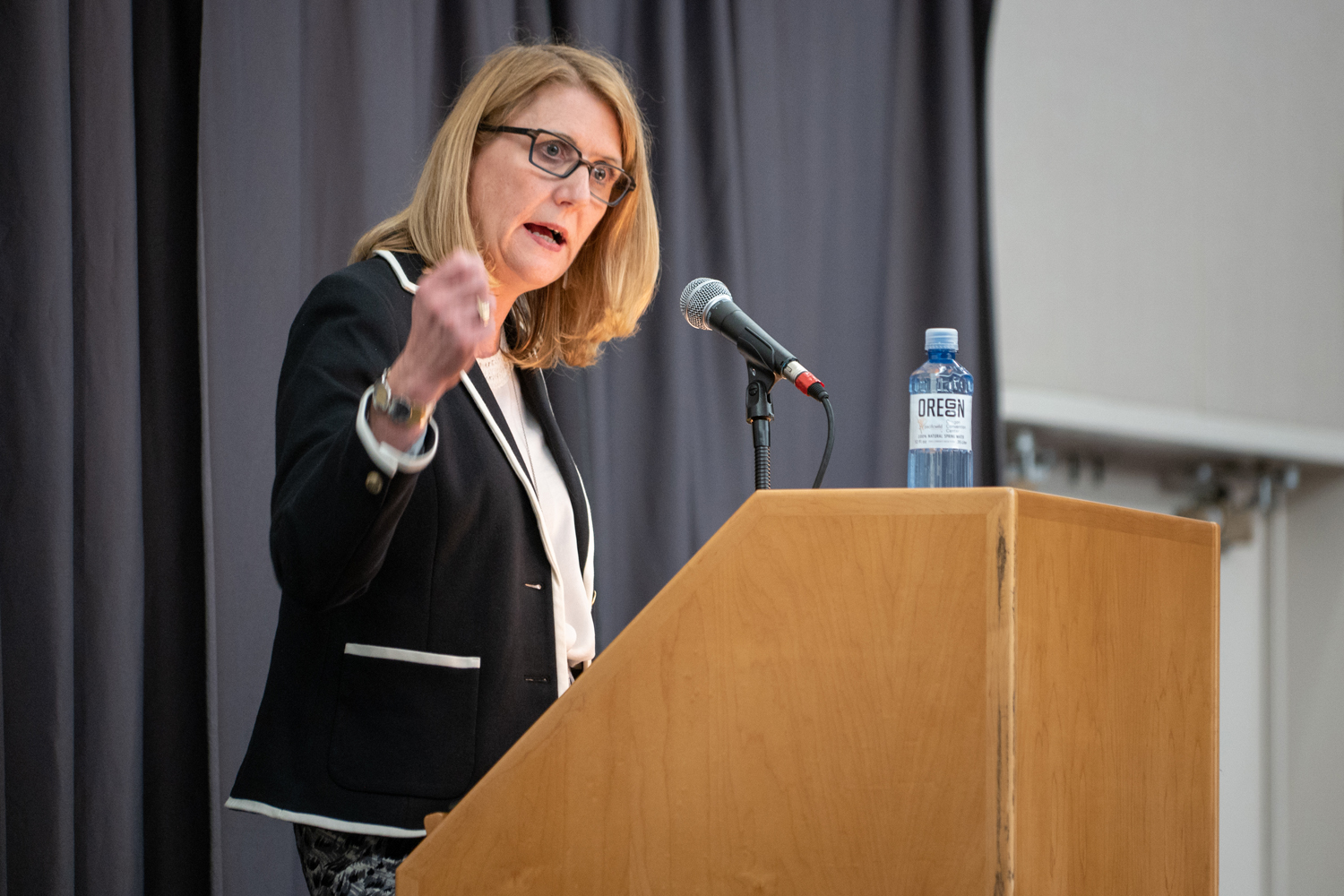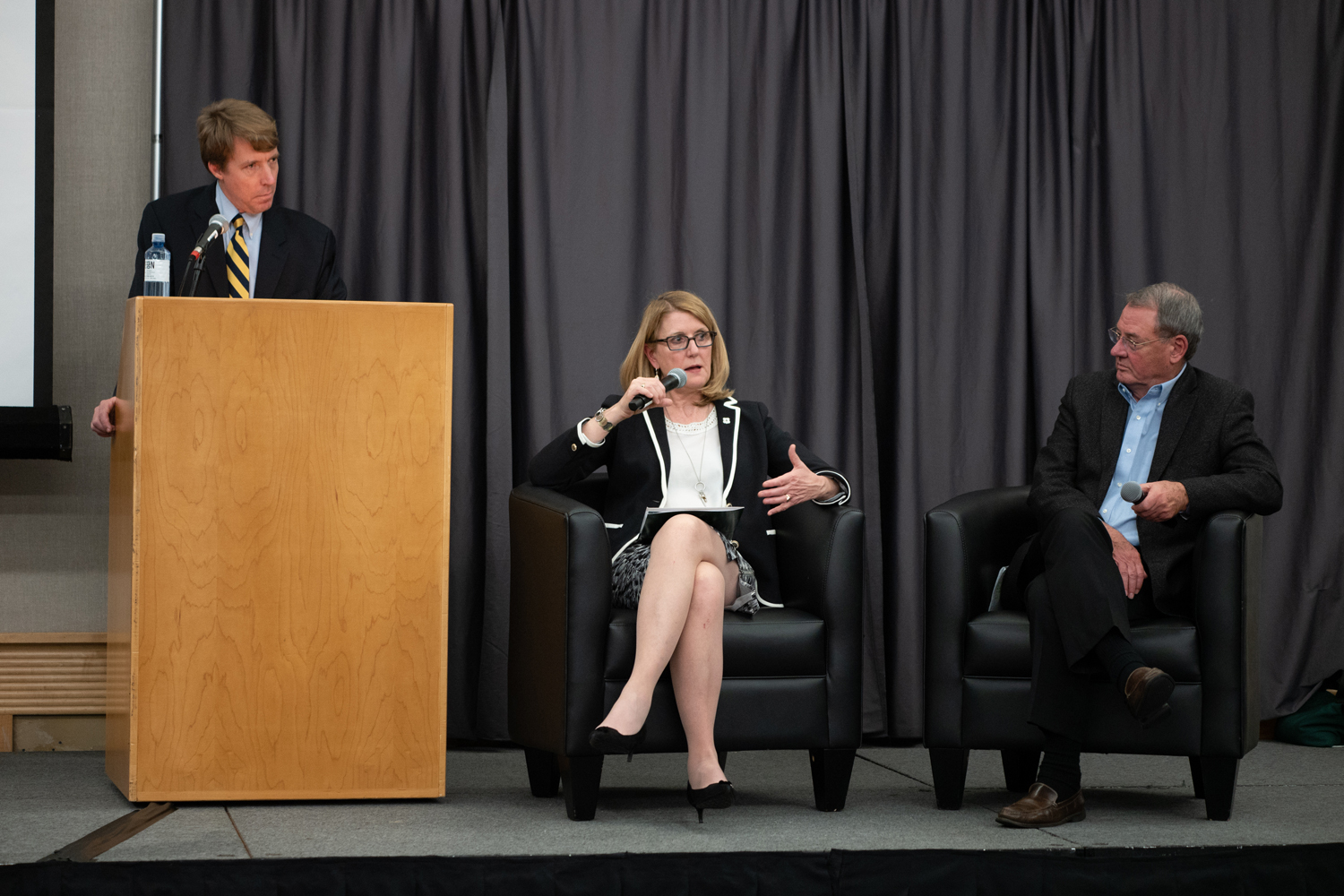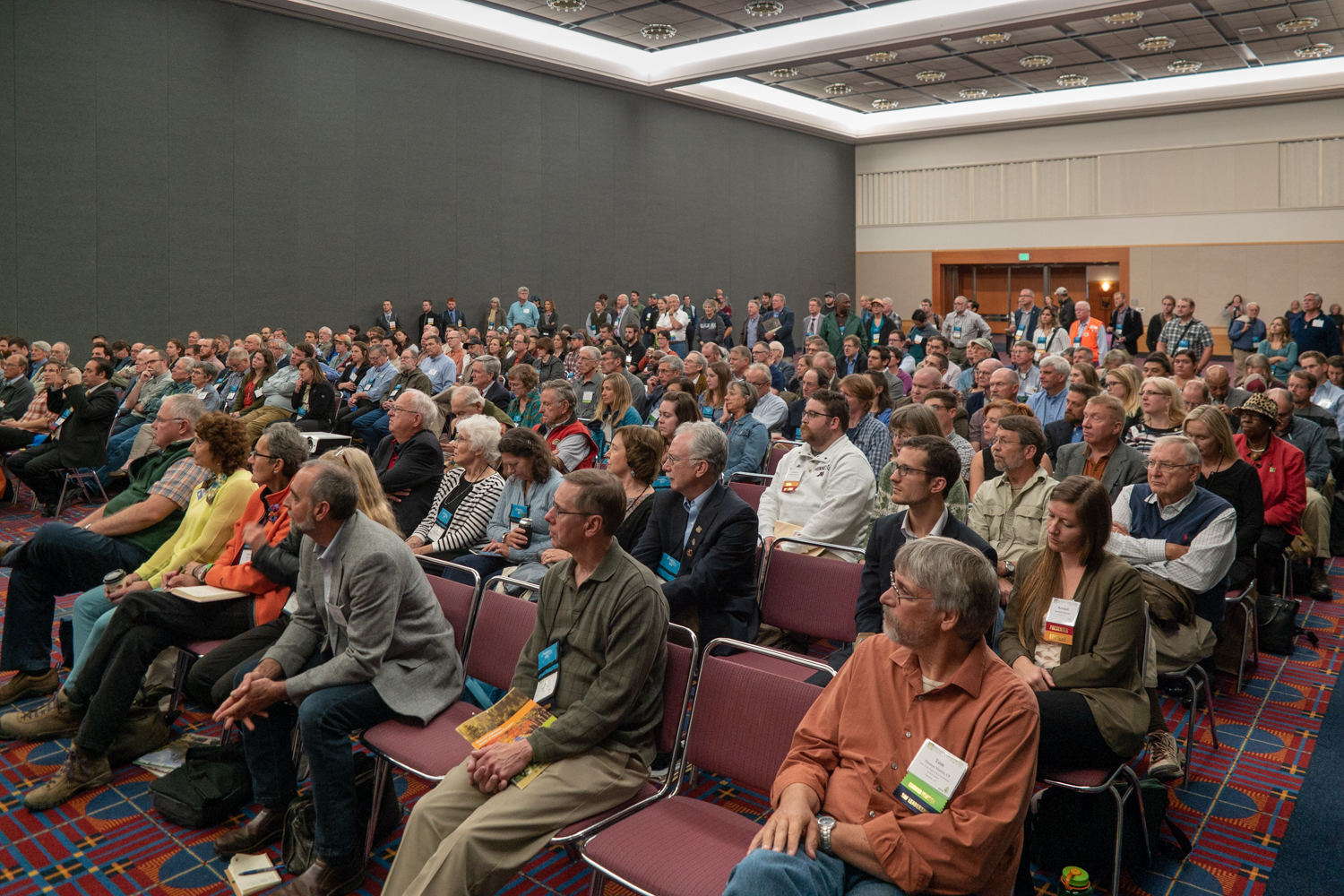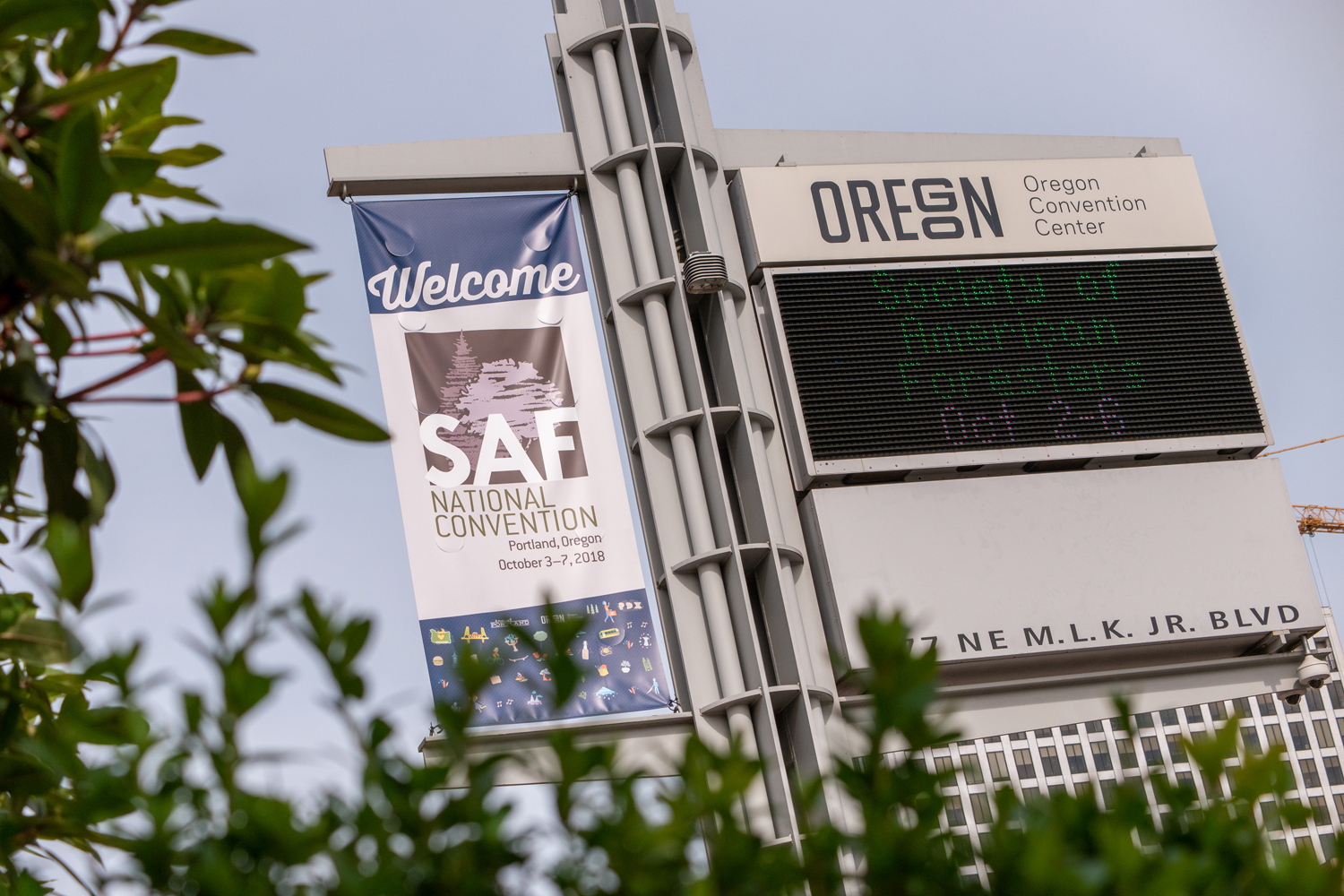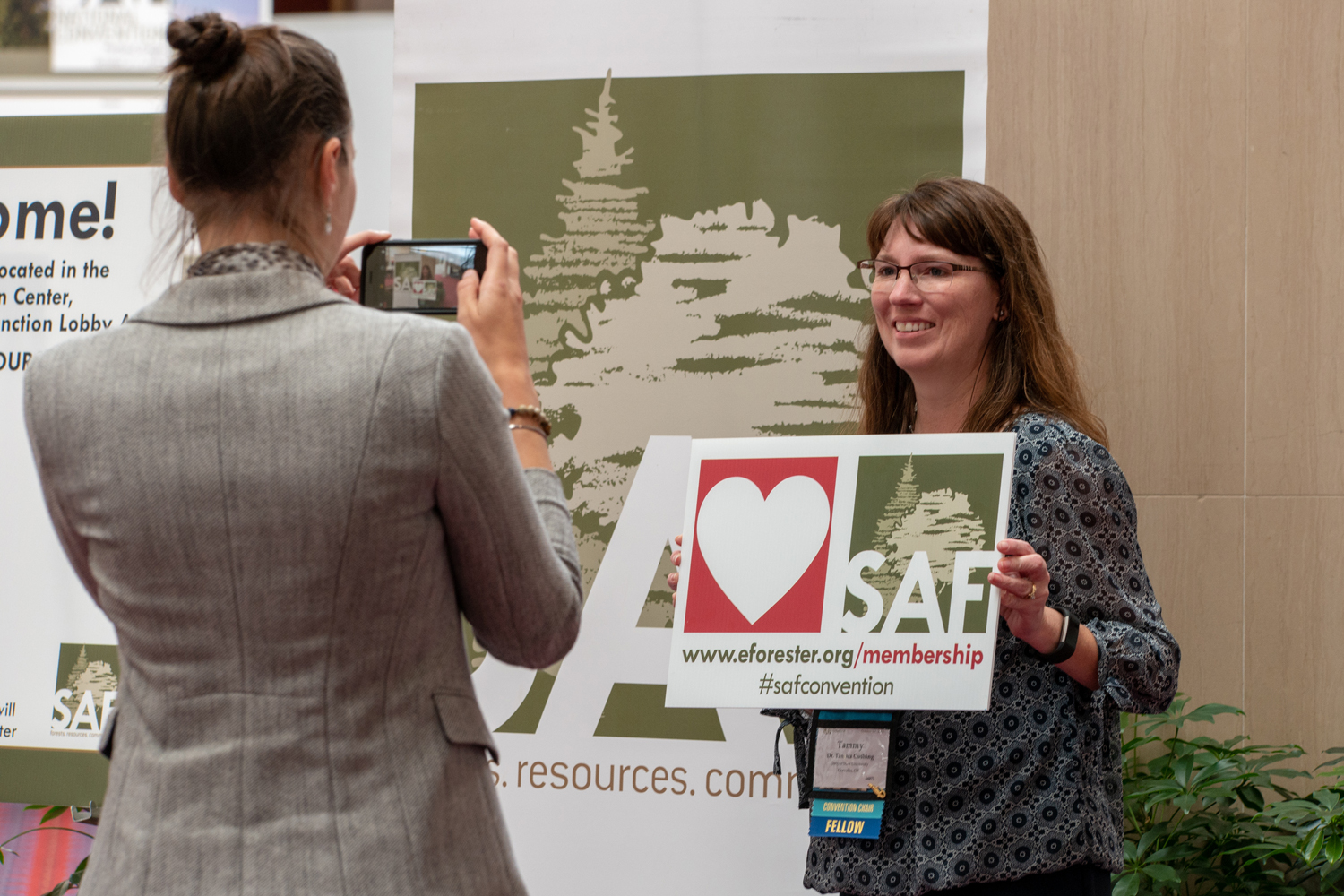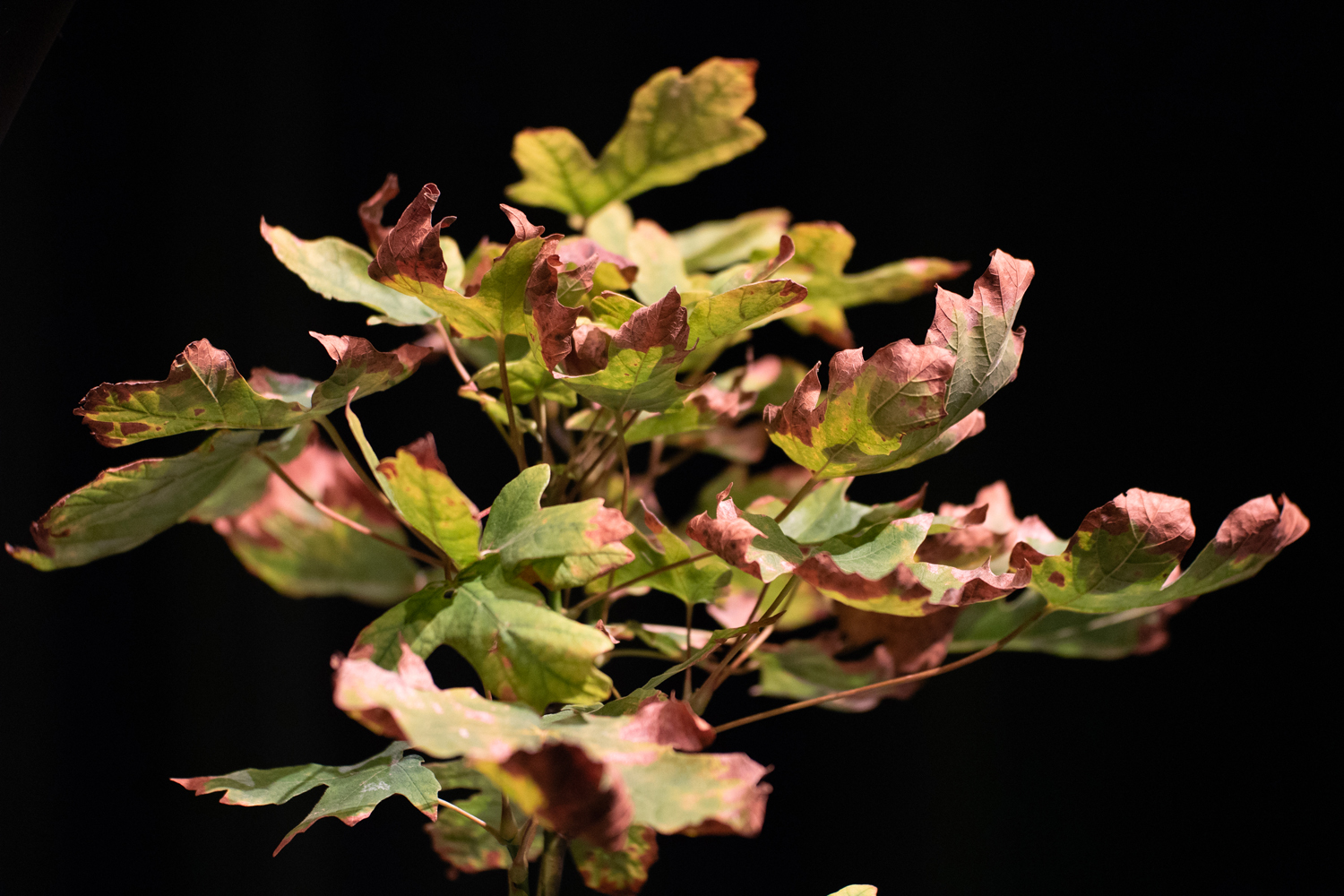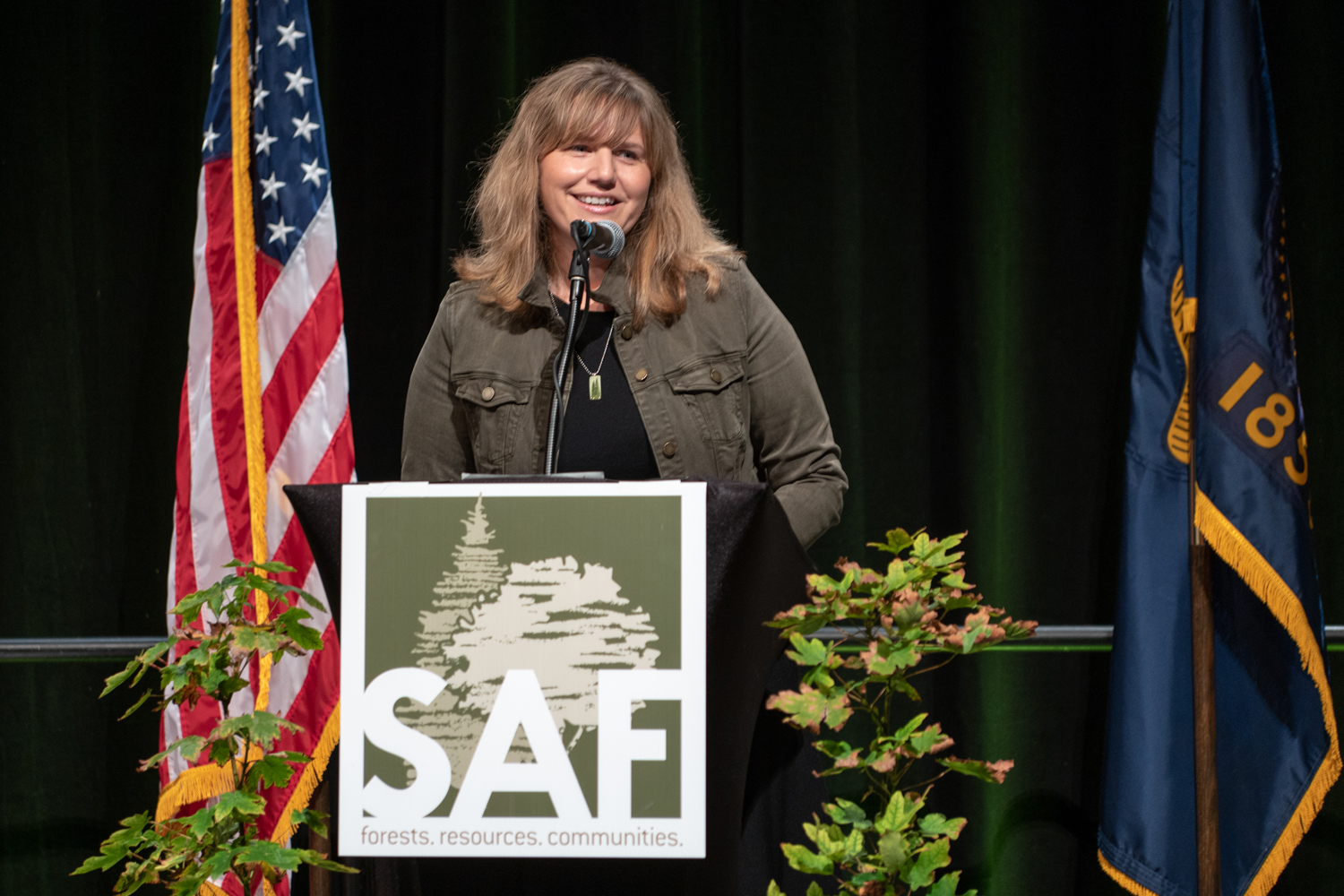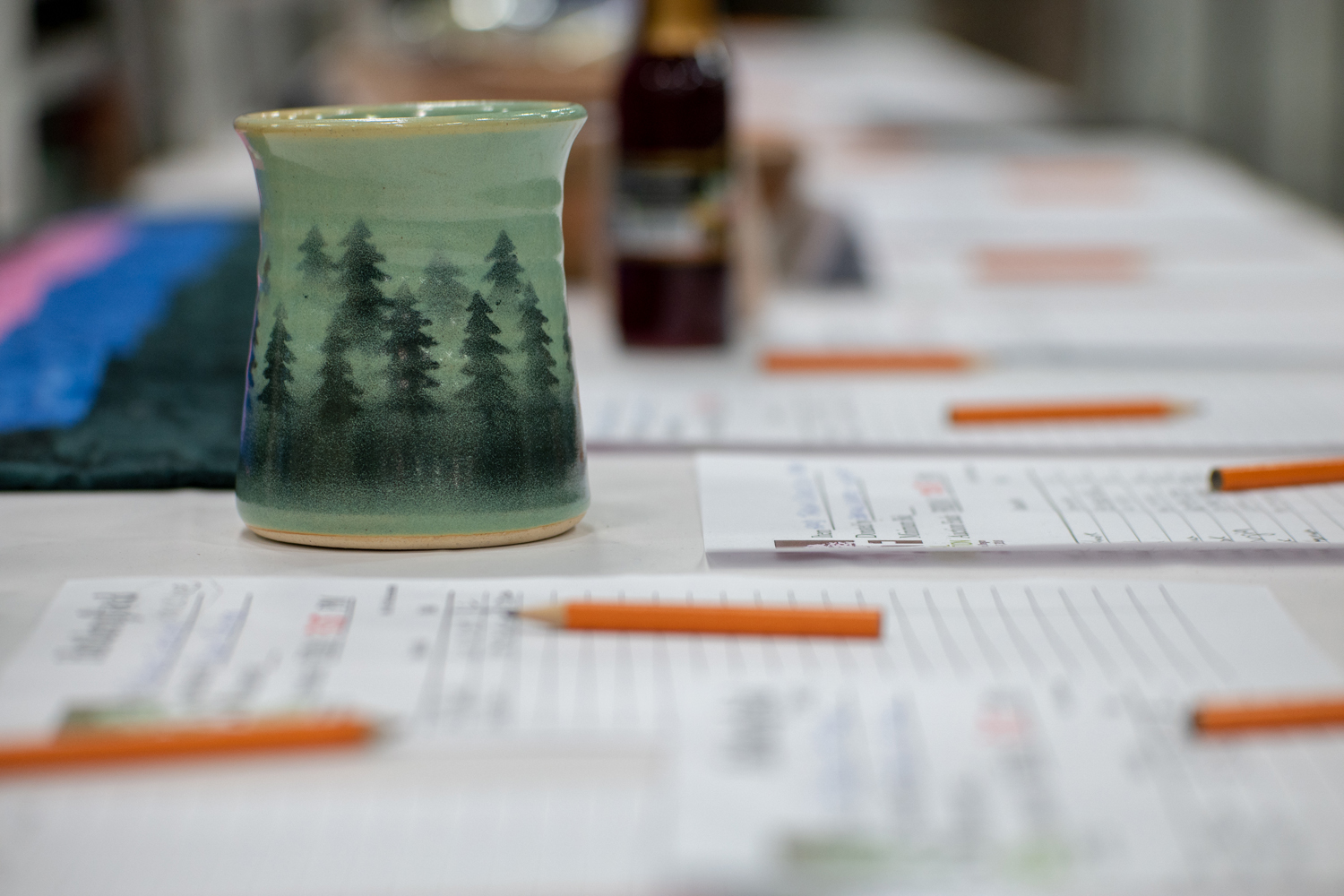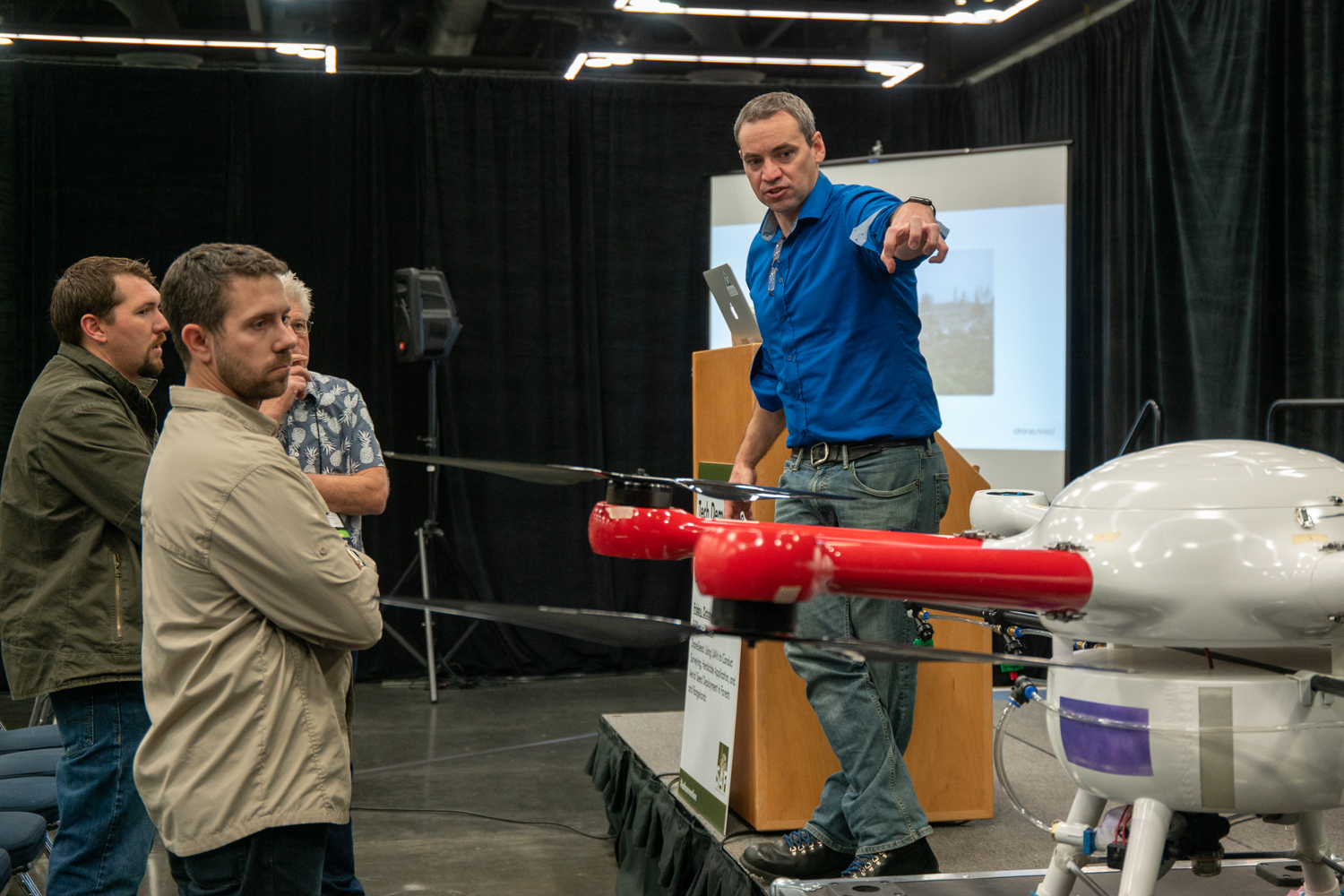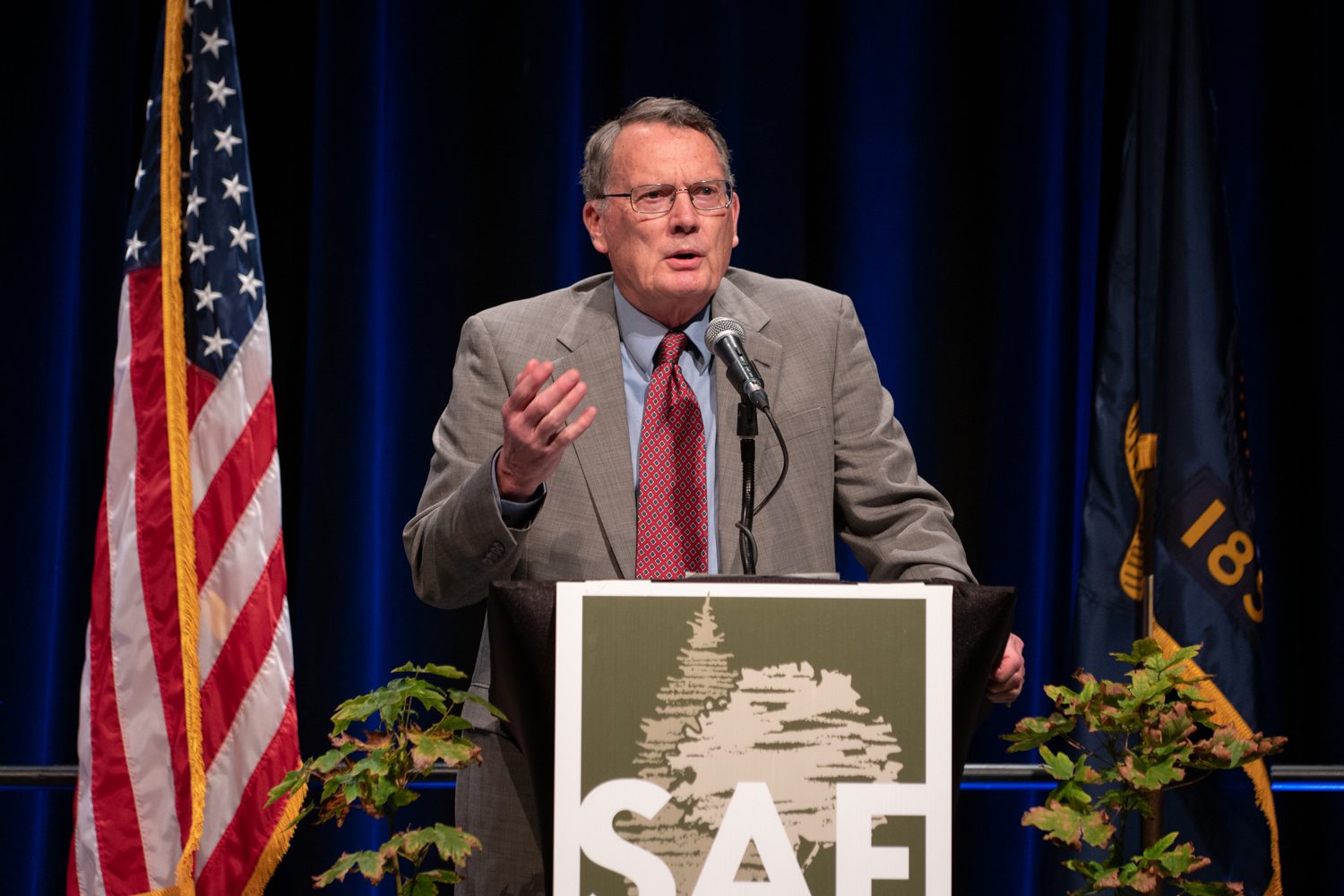The Future of Forestry Coming into Focus - Breaking Down Barriers at the Society of American Foresters Annual Convention
I recently had the distinct pleasure of photographing the Society of American Foresters convention, this year held in Portland, Oregon, and I must say, it's quite refreshing to see how the face and core of the organization is adapting and evolving with the times and today's realities.
For one, while there was plenty of talk about forestry in the sense of its traditional paradigms - logging, lumber and industry - there was an equal, if not even more pronounced presence bubbling just underneath the surface discussing things like diversity, climate change and sustainability, including inspiring speeches by keynote speakers Oregon State University's Bob Lackey and Commonwealth of Virginia's Bettina Ring, who both made impassioned pleas for science and its relevancy in the forestry debate, from climate change to forestry and carbon management.
Additionally, and this was a surprise, was the number of minorities and women that were involved in the conference.
It was amazing.
In addition to the convention's first ever SAF Diversity & Inclusion Working Group - I walked in to photograph this meeting and it was Asian women and African-American women seeing eye to eye with white men and black men and Muslim women sitting at the same table with Native American and Hispanic constituents and talking about how they all fit and their roles in moving the space forward.
It was truly beautiful.
Another great sign of a growing industry and interest from a young crop of future foresters and ecologists was the traditional Conversation with the Chief, in which a question and answer session is set up with the standing chief of the U.S. Forest Service. This year, it was standing room only. Literally.
We walked in to hear Chief Vicki Christiansen and the seats filled up immediately. Staff had to bring in additional seating which still wasn't enough, and people ended up sitting on the ground and standing around the perimeter of the room to listen and engage with her.
It was another incredible display in the massive interest that is taking over the industry, and finally having a say in it, from all sectors including environmental, scientific community, minority community and the international community.
Needless to say, there was a dark period in the industry.
Not doubt about it.
This wasn't your average 'how can we make money off of trees' forestry conference. While there was certainly a good amount of that, there was an almost equal representation and sentiment expressing how can we work on the trees behalf just as much as the trees work on our behalf.
Judging by the conversations and discussions this weekend, the future of forestry is truly looking good.
I can't thank the Society of American Foresters enough for having me there. It was incredibly eye-opening and encouraging to hear the different viewpoint and witness the foundations being set for the future of our trees and how we manage them.
I (and I know I’m not the only one) left this weekend quite optimistic.




